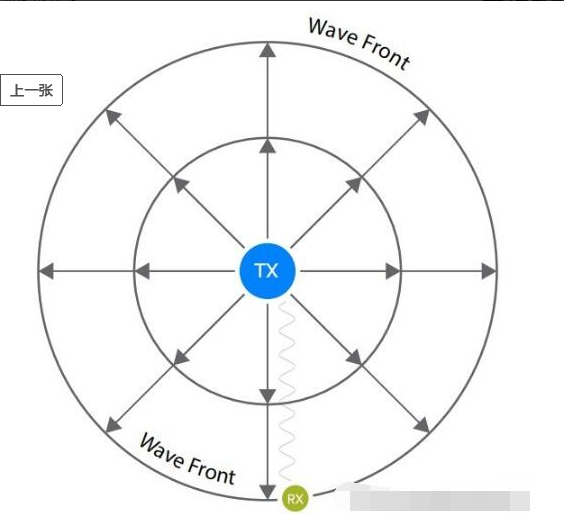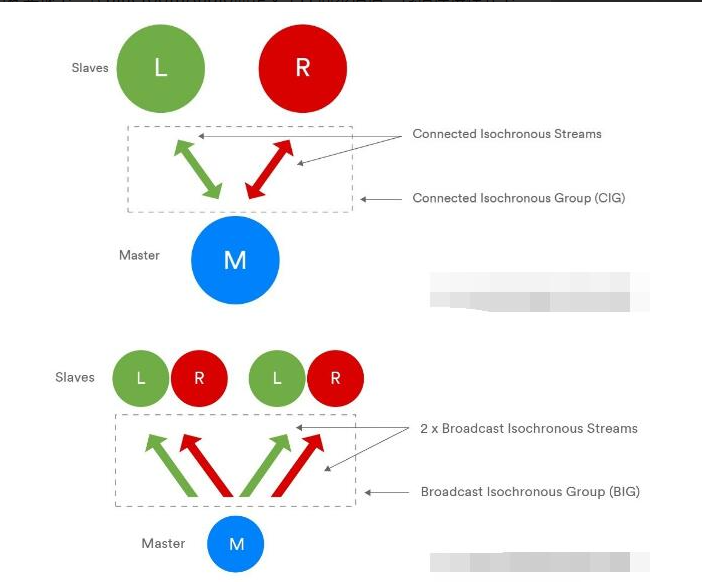May 25, 2021
2477
Feature 1: Enhanced ATT protocol
The ATT protocol has been enhanced in Bluetooth 5.2, referred to as EATT for short. EATT modifies the sequential transaction model to allow the stack to process concurrent transactions, and the new flow control improves the stability of EATT. In other words, the EATT protocol allows concurrent transactions to be executed on different L2CAP channels. This is due to the ATTMTU and L2CAPMTU in the EATT protocol are independently configured and can be reconfigured during the connection.

For EATT of LE5.2, MTU is no longer one-to-one correspondence between ATT and L2CAP, and can be configured independently of each other. This also brings two characteristics. One is that the MTU and PDU size between ATT and L2CAP are dynamically configurable (MTU can be increased); the other is that PDUs between different services can be cross-processed, reducing data delay. As shown in Figure 1 on the right.
Some new PDUs can only be used on EATT carriers that have been defined
Some PDUs can be used for non-enhanced ATT, but cannot be used for EATT
Some PDU definitions or processes have been refined or optimized
EATT can only be used through encrypted connections, while ATT continues to allow unencrypted and encrypted connections
Feature 2: LE power consumption control
Bluetooth BR/EDR includes power control functions. However, in Bluetooth 5.1, such a function is not defined. Bluetooth 5.2 defines the two-way power control of BLE, which can be used to implement a variety of application scenarios, helping to better reduce power consumption and improve the stability and reliability of the device while maintaining the connection.

Features 3:LE synchronization channels
In Bluetooth 5.1 and previous versions, only connection-oriented asynchronous communication links and non-connection mode broadcast links are supported. However, Bluetooth 5.2 defines the LE synchronization channel in order to realize the next generation of Bluetooth Audio based on low power consumption, including connection mode Synchronous audio stream transmission channel and the synchronous audio stream transmission channel in broadcast mode. In order to realize the LE synchronization channel, a new communication protocol layer-IsochronousAdaptationLayer (ISOAL, synchronous adaptation layer) is defined in the BLEController.
